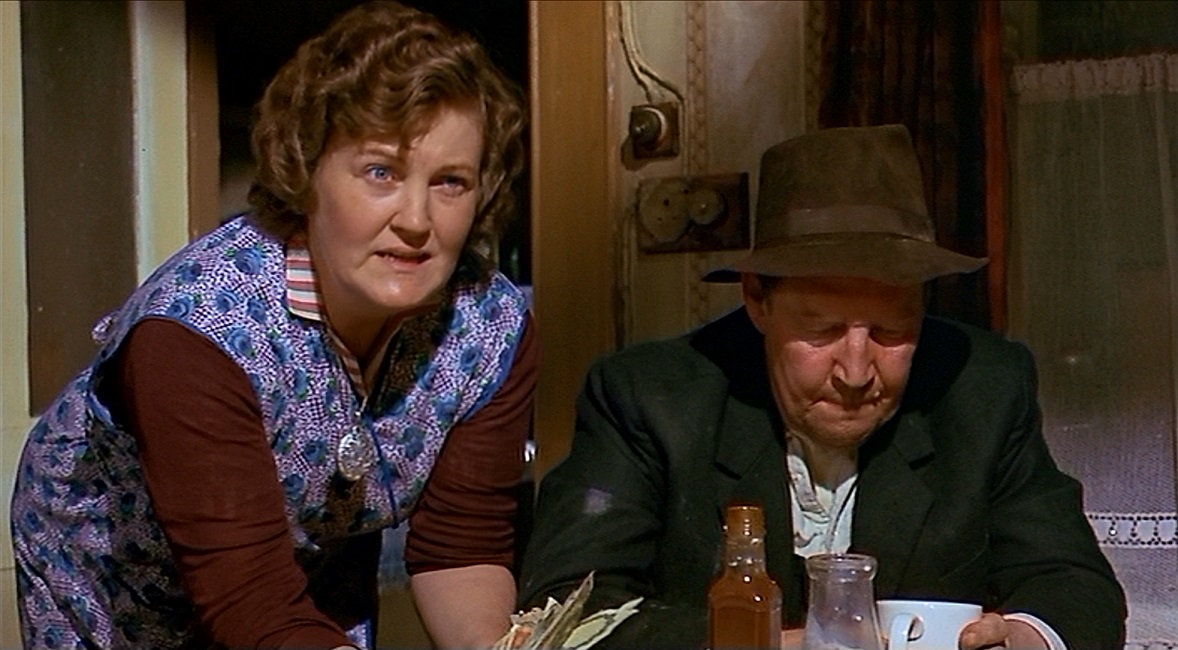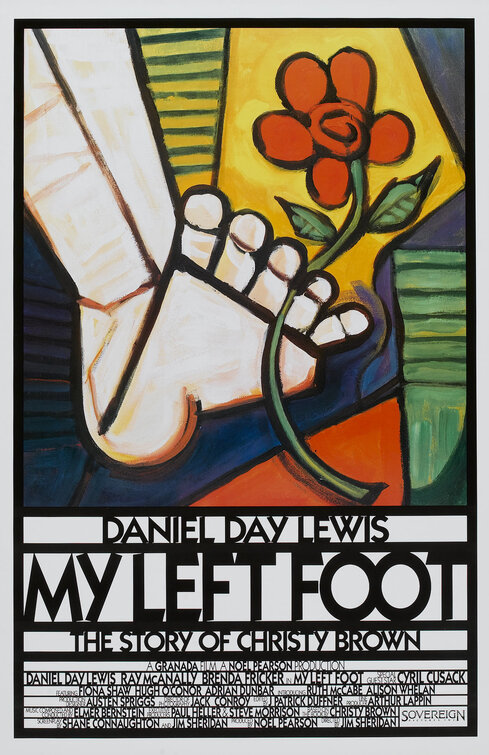
Christy sits in a wheelchair, with his left leg being the only functioning limb, and his speech is deeply slurred due to the severity of his cerebral palsy.

The film opens during a charity event in which Christy is the guest of honor, and it is here that we are first introduced to him while he waits in a drawing room with his handler Mary Carr (Ruth McCabe). In light of the subsequent improvements that have been made in disability services, the film provides a compelling look at the extent of the obstacles that Christy faced during his lifetime. This was particularly important because of the lack of advanced disability services for people with cerebral palsy and the widespread stigmatization that they encountered at the time. Having seen this film on previous occasions, I felt that it merited a review since it not only portrays Christy’s struggle to overcome barriers but also the significant role that his family’s love and support played in helping him succeed.

This week I watched the 1989 film My Left Foot, starring Daniel Day-Lewis as Christy Brown, who suffered from severe cerebral palsy but developed a unique ability to write and paint through the use of his left foot, eventually becoming an accomplished author and artist. Academy-award nominated My Left Foot (1989) garnered a best actor Oscar for Daniel Day-Lewis who portrays author and artist Christy Brown and a best supporting actress Oscar for Brenda Fricker who plays Christy’s mother.


 0 kommentar(er)
0 kommentar(er)
